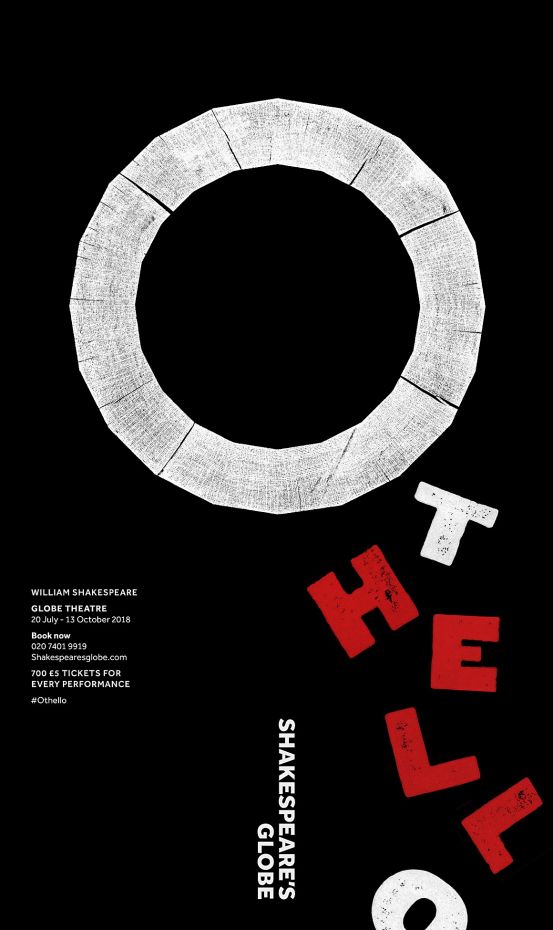Making Space for Time
Arts & Labour's Mariana Grezova on why an abundance of time can be harder than not having a second to spare
May 2, 2020
In his inaugural 1961 speech, John F. Kennedy told Americans to “ask not what your country can do for you, ask what you can do for your country.” In 2020, during our Covid-19 lockdown, we might “ask not what we will do with our time, ask what we will let our time do with us.”
Under the current quarantine, we’ve realized that having an abundance of time can be as hard, if not harder, than not having a second to spare.
.jpg)
COVID-19 assessment centre in Ottawa. (Adrian Wyld/CP)
According to today’s standards, to live a meaningful life means to keep busy. Even during the Coronavirus’s ‘new normal’, we carry on in our old ways: filling our days as much as we can. Whether working from home, watching Netflix, listening to podcasts, baking bread, or FaceTiming with friends, there’s no shortage of activities to distract ourselves with.
The unexpected amount of free time has become overwhelming, mainly for those of us living alone or staying at home. Certainly, the global lockdown has generated unforeseeable limitations, and every day only deepens our nostalgia for our frantically busy pre-COVID lifestyles. Instead of addressing what we cannot do, why not scrutinize the ‘old normal’ and recognize the opportunities the current lockdown offers? Although we’re restricted to certain kinds of activities, we have permission to do less, to slow down and reflect. Instead of our being compulsively busy, we could use time to create space.

In graphic design the role of space—or negative space as it’s often called—is essential. Without a sufficient amount of breathing room, a design solution can easily become unremarkable, if not irrelevant. Contrast of space is one of the key principles that designers can not do without. The right amount of negative space allows design elements to visually connect with one another and to provide an opportunity for people to engage with the design. Despite the importance of negative space, designing emptiness is intimidating for many designers, especially at first. Doing less is harder, because we’re not measuring the quantity of what we do, but the meaning of it.

Effective use of negative space for the Royal Shakespeare Company poster for their Othello production, 2010

A different use of negative space in Emigre #55 issue, 2000.
If we take our cue from good design, we’ll also challenge ourselves to do less and to realize that we’re not wasting our time if we don’t use every second to text friends while filling our nails and learning Russian. Designers know design needs space that’s purposefully left empty–it’s not a waste, it’s an investment.
The value of space is as crucial in our daily lives as it is in graphic design. Like numerous aspiring designers, we too feel more comfortable packing our days to the fullest. We don’t realize that by doing so, our busy lifestyles can become as flat as cluttered, overdone designs. Applying the principles of negative space could help to transform the apocalyptic lockdown experience. It could leave time and space for the possibility of something meaningful to emerge and give us the tools to resist what we do the best, keeping busy.
For more from Mariana Grezova and Arts & Labour, click here
STAY HOME image: Cole Burston/Bloomberg/Getty Images







